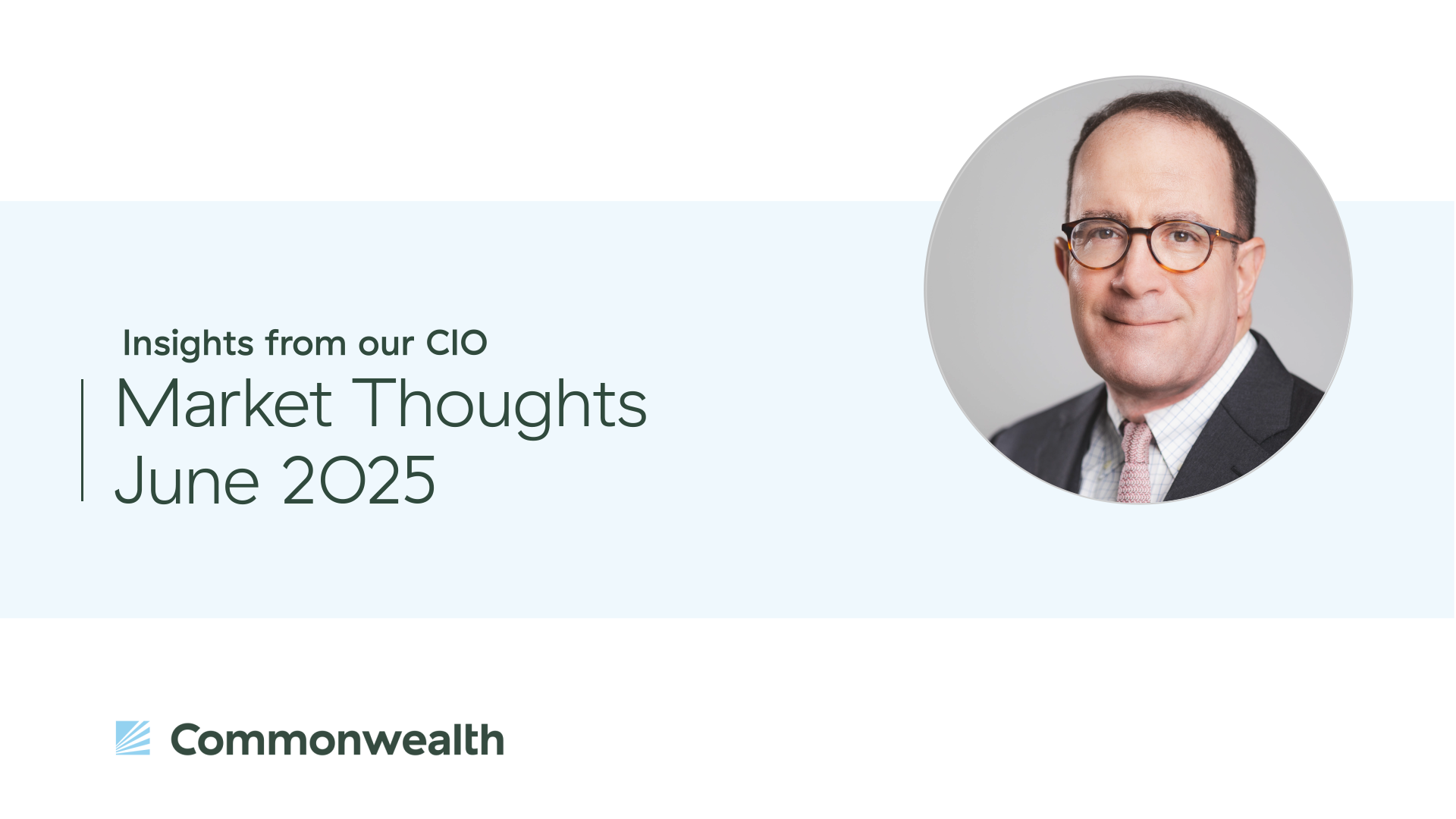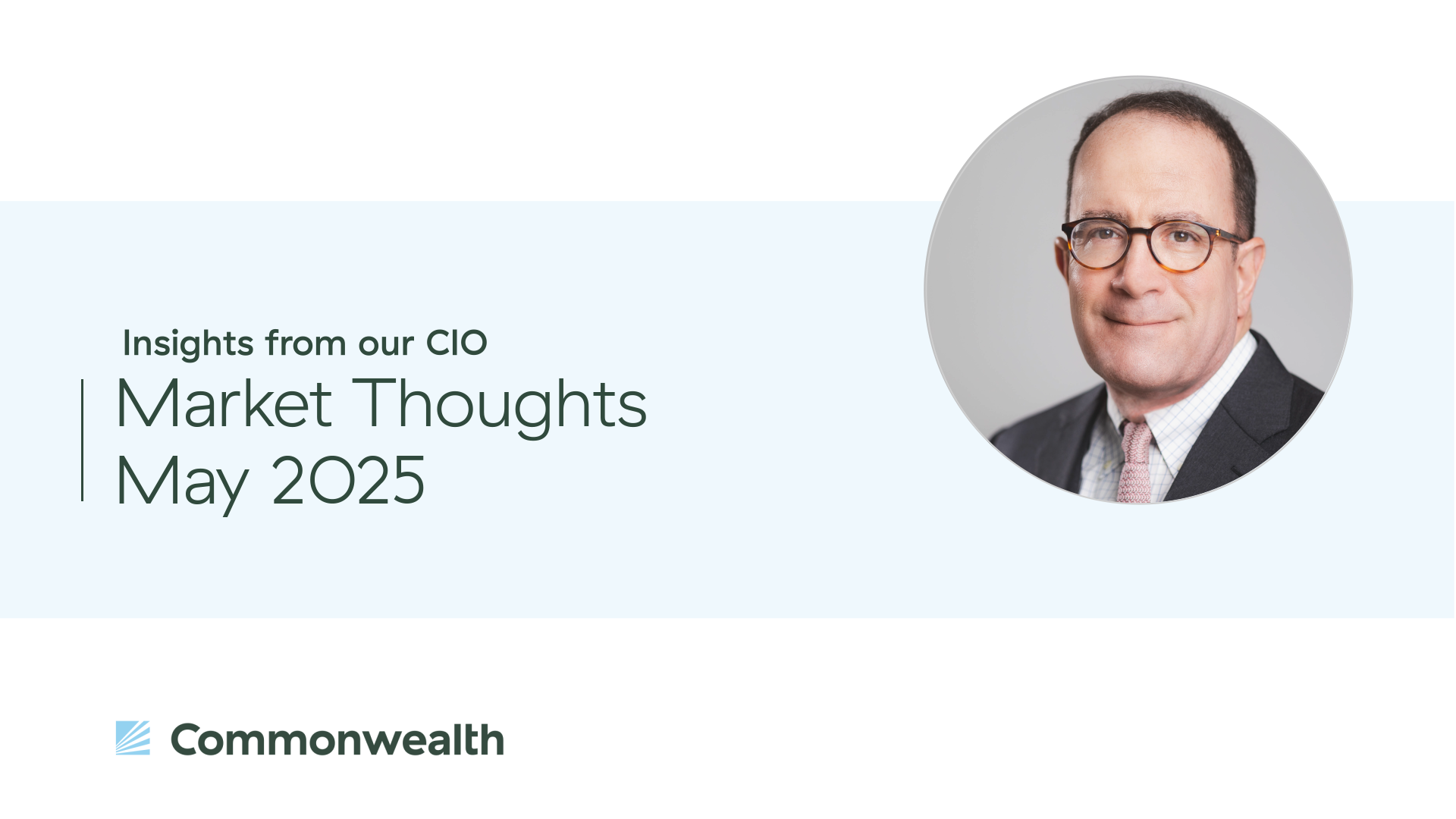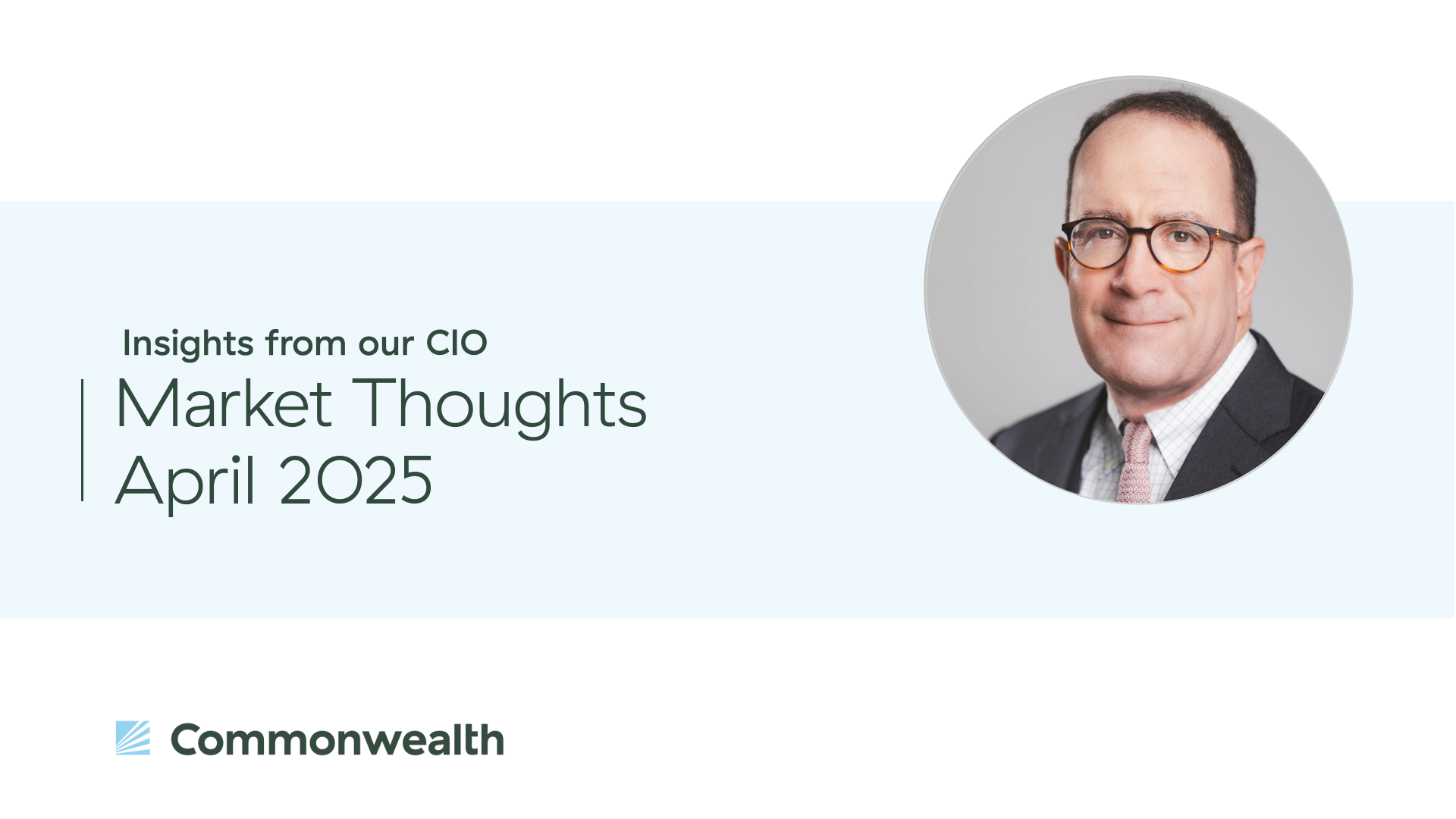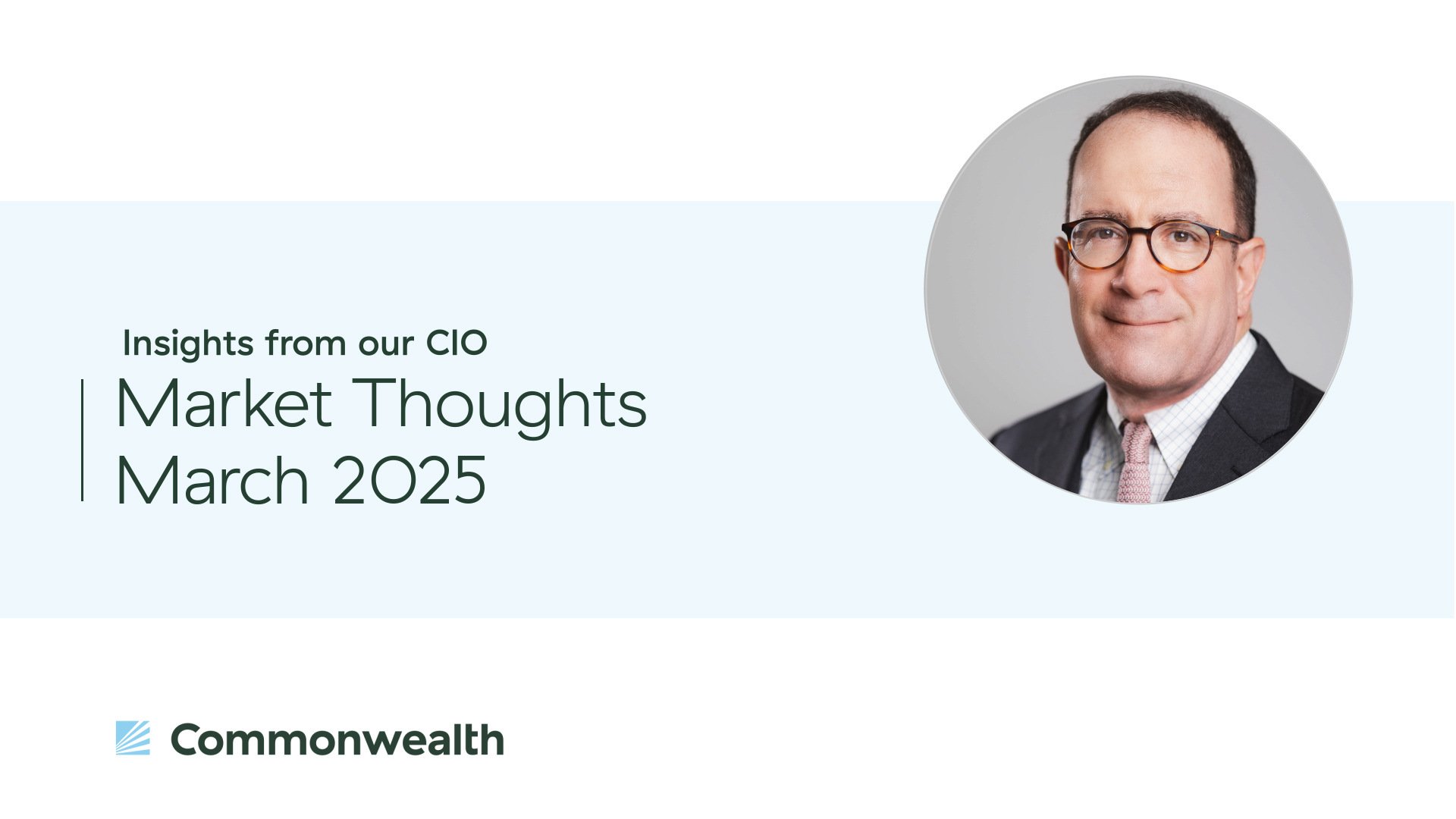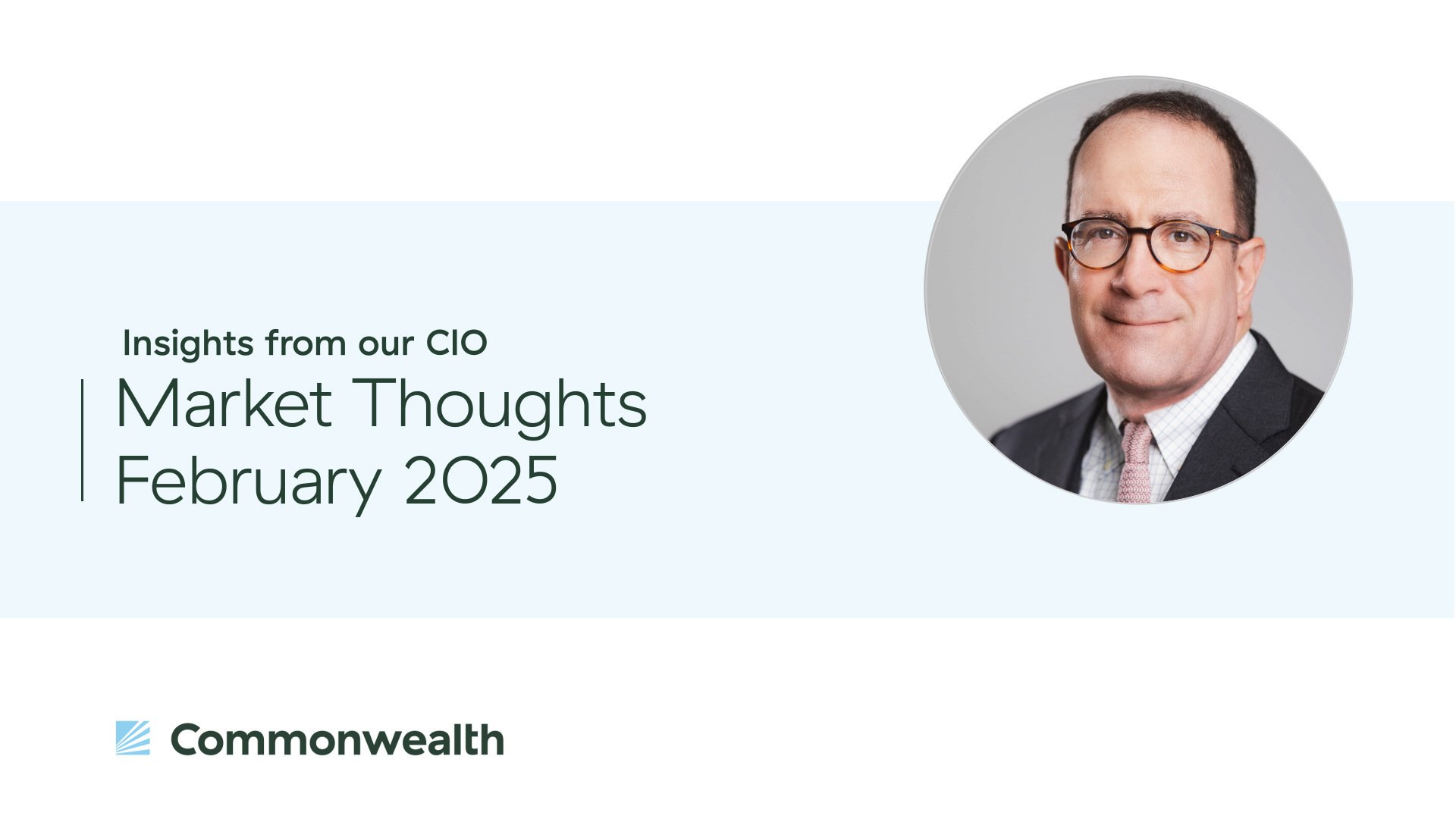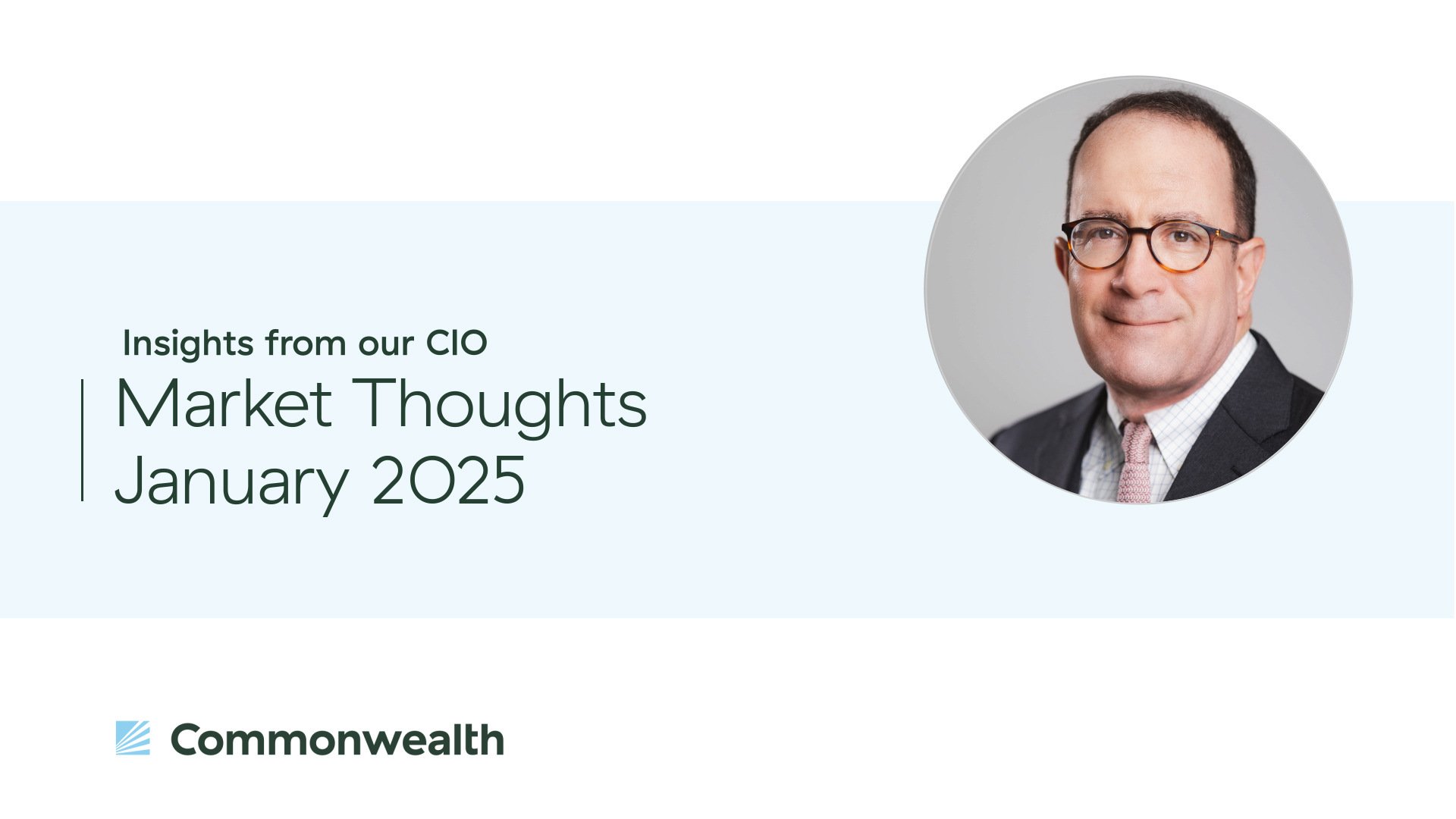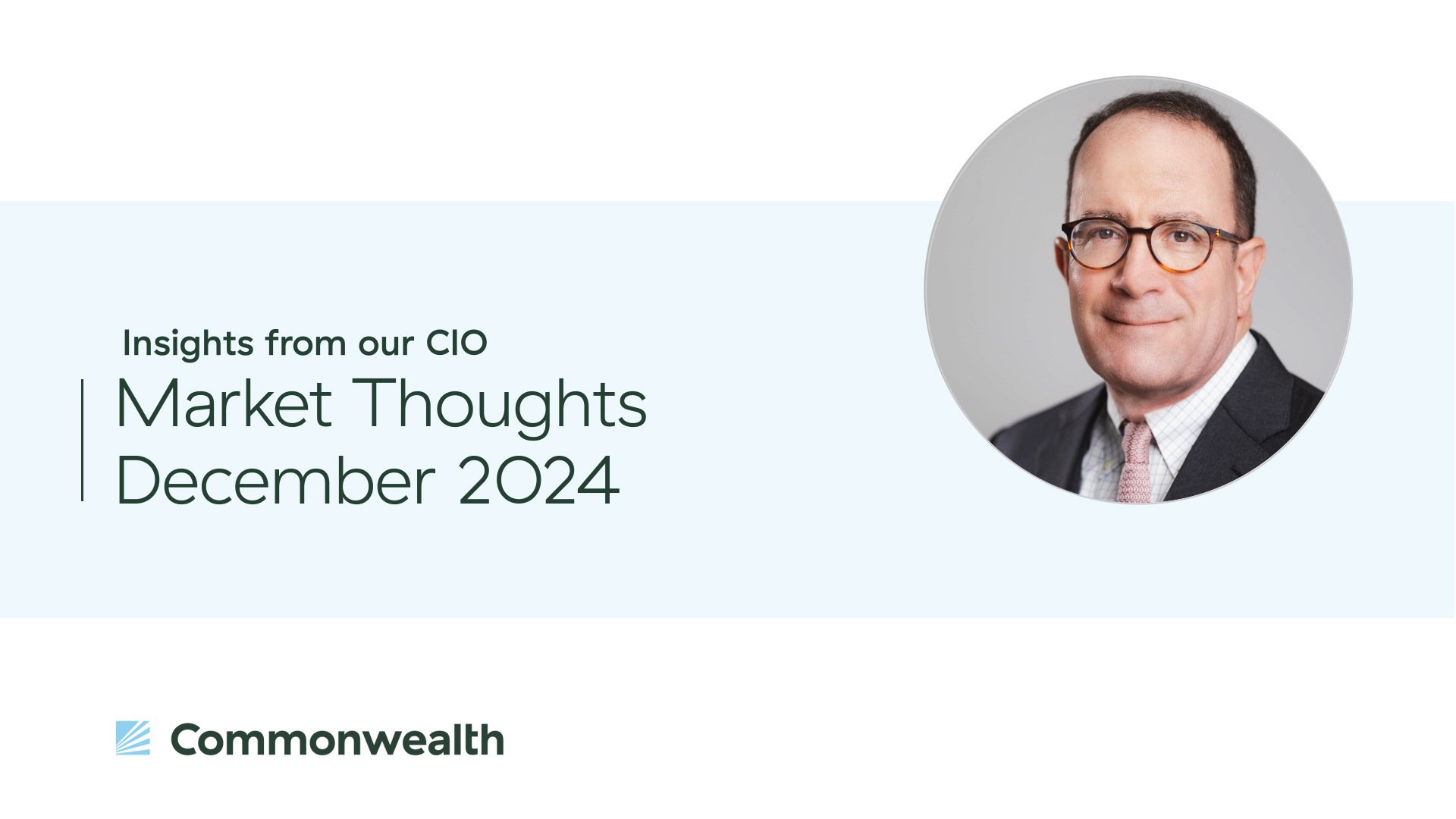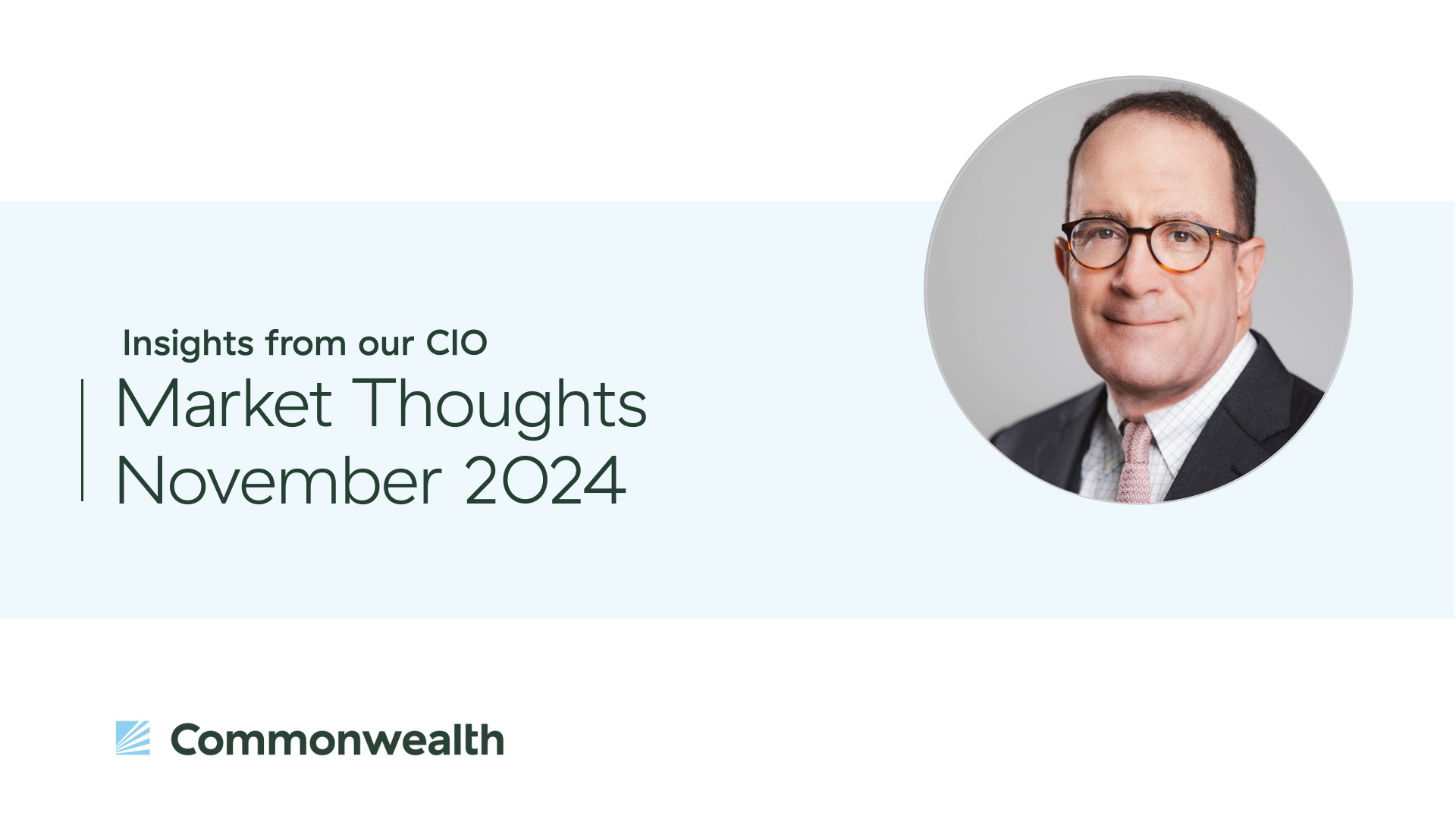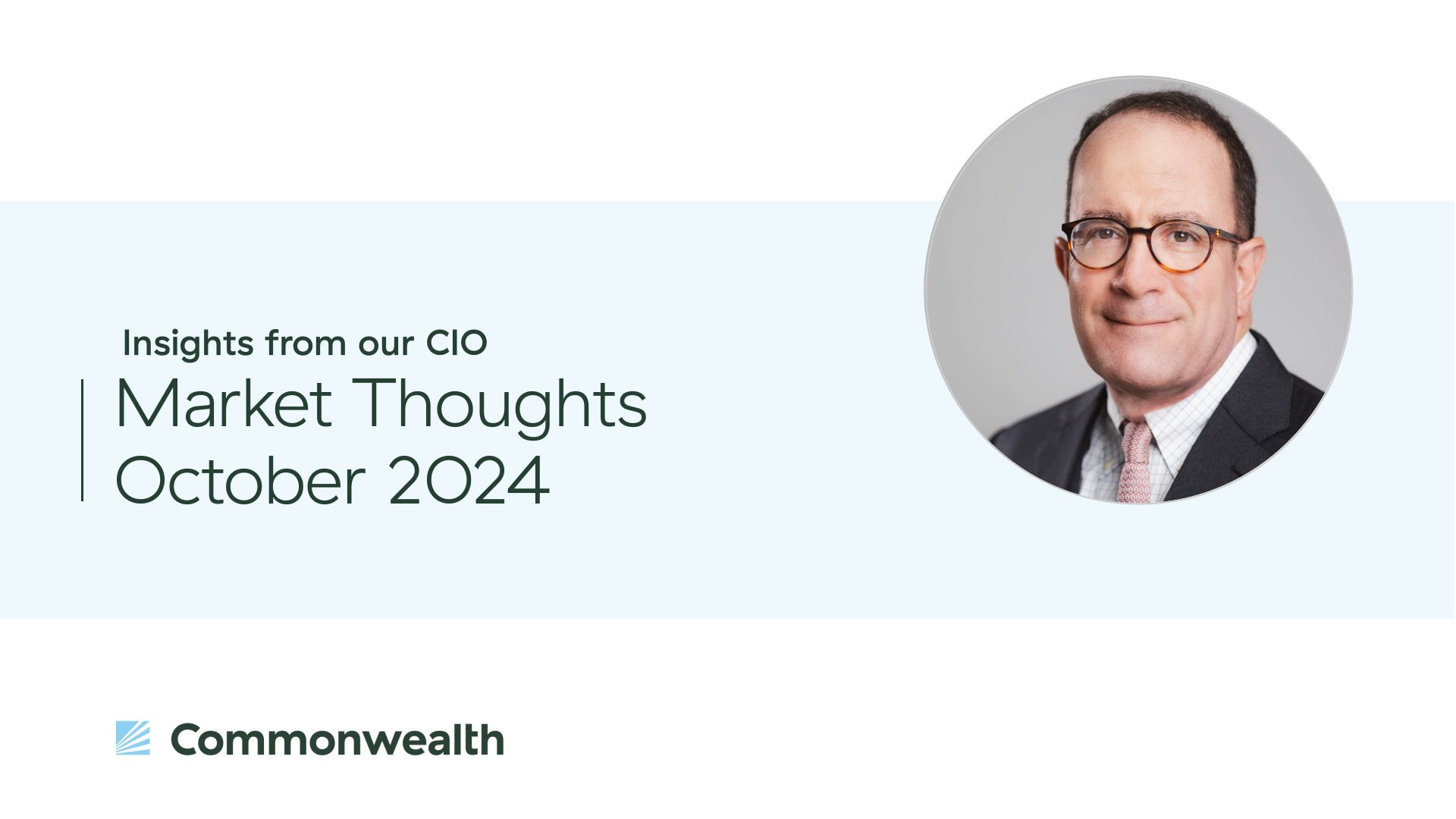Markets rallied in May, with the S&P 500, Dow, and Nasdaq up low- to mid-single digits for the month on solid fundamentals and reduced policy worries. Further, the average earnings growth for the S&P 500 during the first quarter was 13.5 percent, more than twice the initial estimates. The economic updates were also broadly positive. The April job report revealed continued solid hiring, and inflation showed signs of improvement, as consumer prices rose by less than expected.



